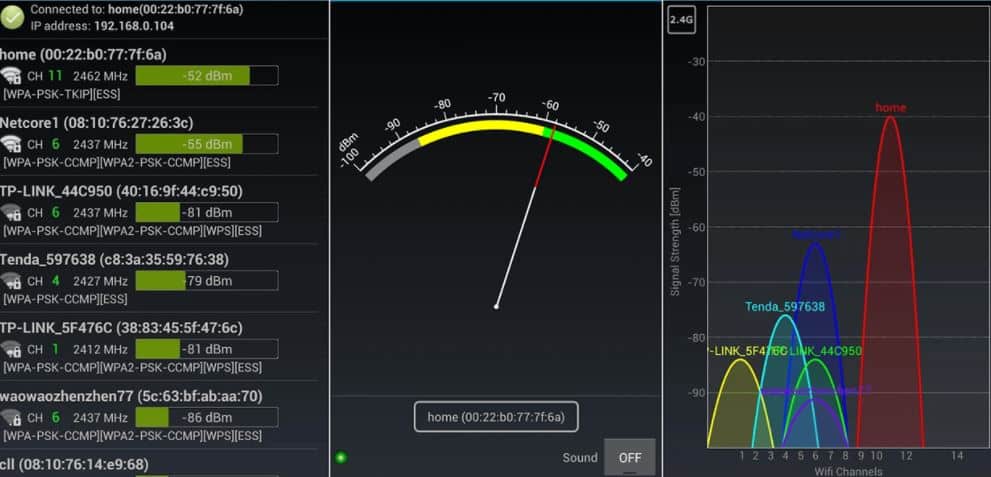

You will be given overall ‘sleep score’, which is then broken down into duration, time to sleep, depth, time to get up, interruptions and regularity (measured over a period of several nights). You won’t always have time to fully digest these, so it’s good to see that you’re presented with an overall score to begin with, with more in-depth analysis available if you choose to drill through further. When you get up, you’ll be presented with a bevy of statistics on your slumber. Remember that you’ll need to leave the mat plugged in. Once that’s done, just go to bed as normal, and your sleep stats will appear in the app once you get up in the morning. The app will inform you when the process is complete. Don’t sit on your bed while this is happening. During this time you might hear some whirring noises underneath your mattress, but this is nothing to worry about. Once that’s done, the mat will take a few minutes to configure. This is the same app used by other Withings devices, including fitness trackers and smart scales, so you can manage them all from one location. You’ll also need to connect the Sleep Analyzer to your home Wi-Fi network, so have your password to hand when setting it up. If you don’t already have a Health Mate account, you’ll need to create one, which will require your name, email address, a password, and your current height and weight. Place the mat under your mattress at chest level (keeping it on your side of the bed if you share with a partner), plug it into a mains outlet, then install the Withings Health Mate app (available for both Android and iOS) and connect to the mat via Bluetooth. Setup and useĬalibrating the device is a little time-consuming, but only needs to be done once. The device also contains sound sensors, which isolate the noise of snoring and can separate it from other sounds like traffic outdoors, your washing machine’s spin cycle, and your partner’s snoring. For example, it can differentiate between the changes in pressure caused by your pulse, your breathing, and any tossing and turning during the night. Most data is gathered from its pneumatic sensor, which identifies and separates different types of movement. The way it works is interesting, and very different to wrist-based sleep monitors.


 0 kommentar(er)
0 kommentar(er)
